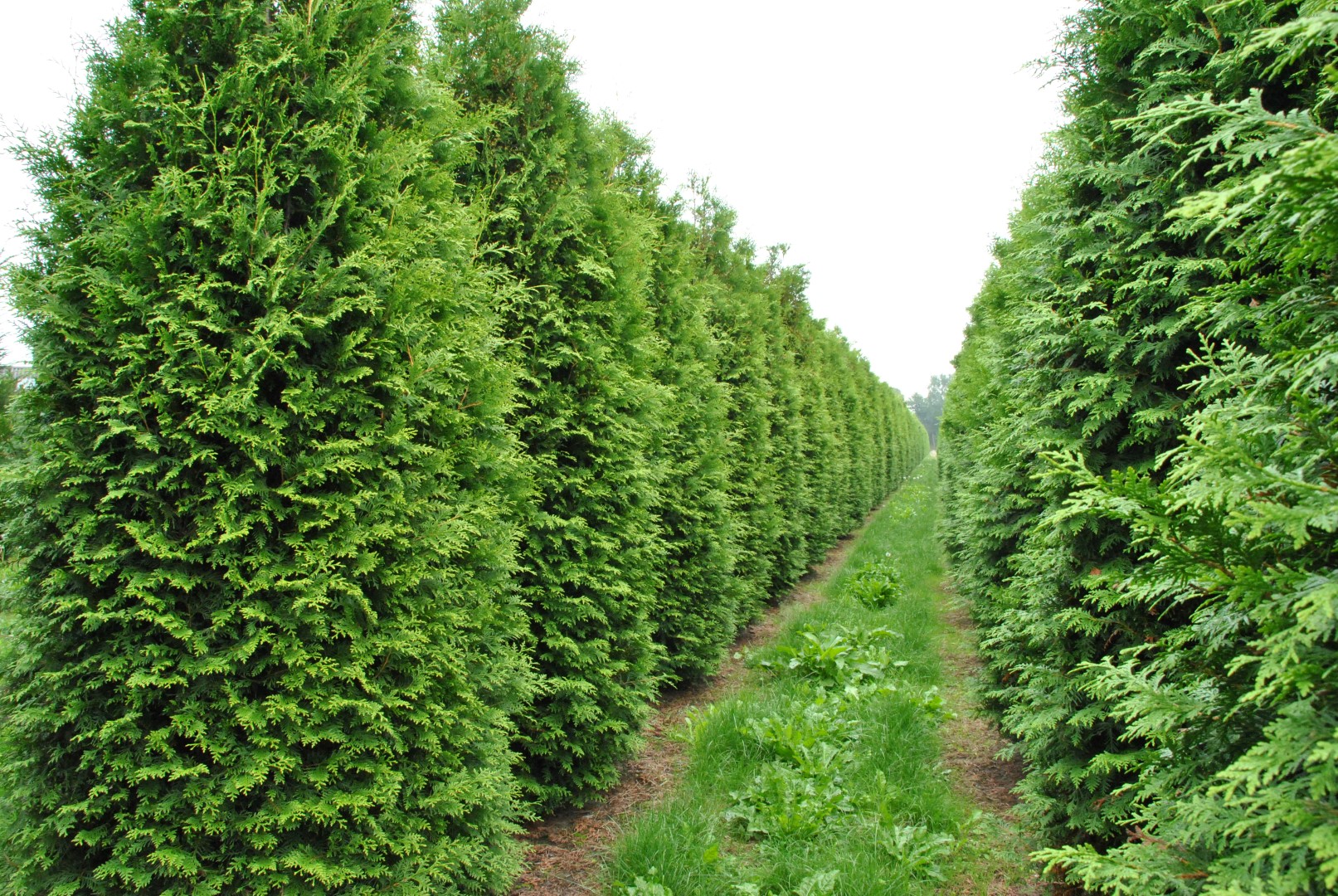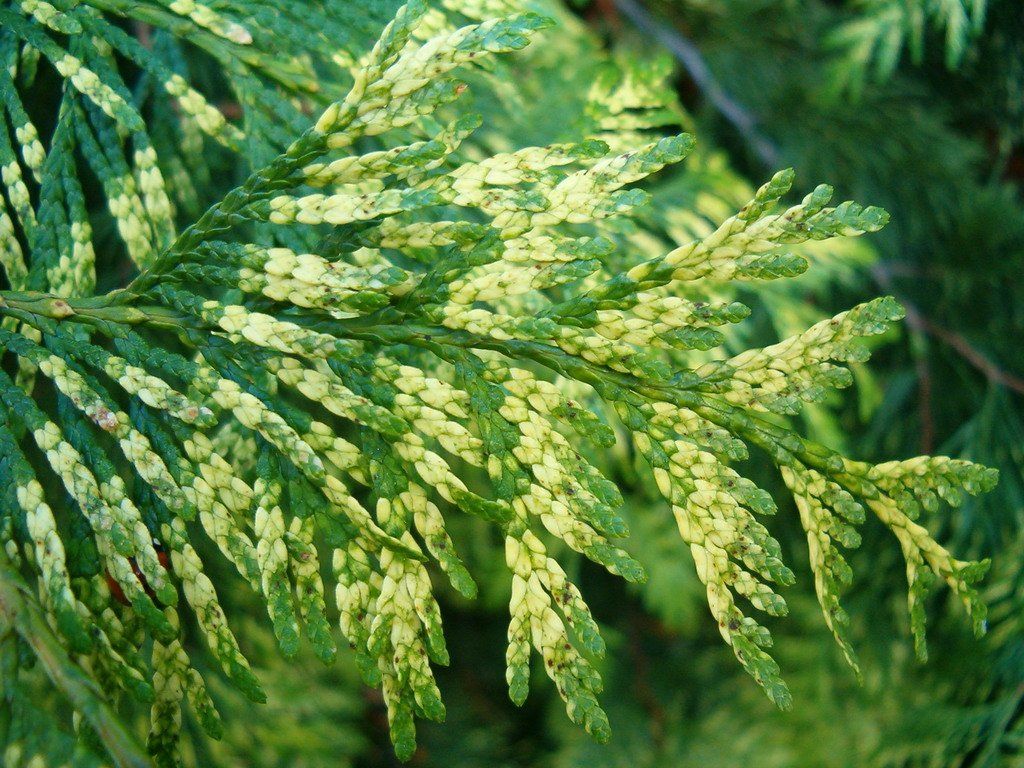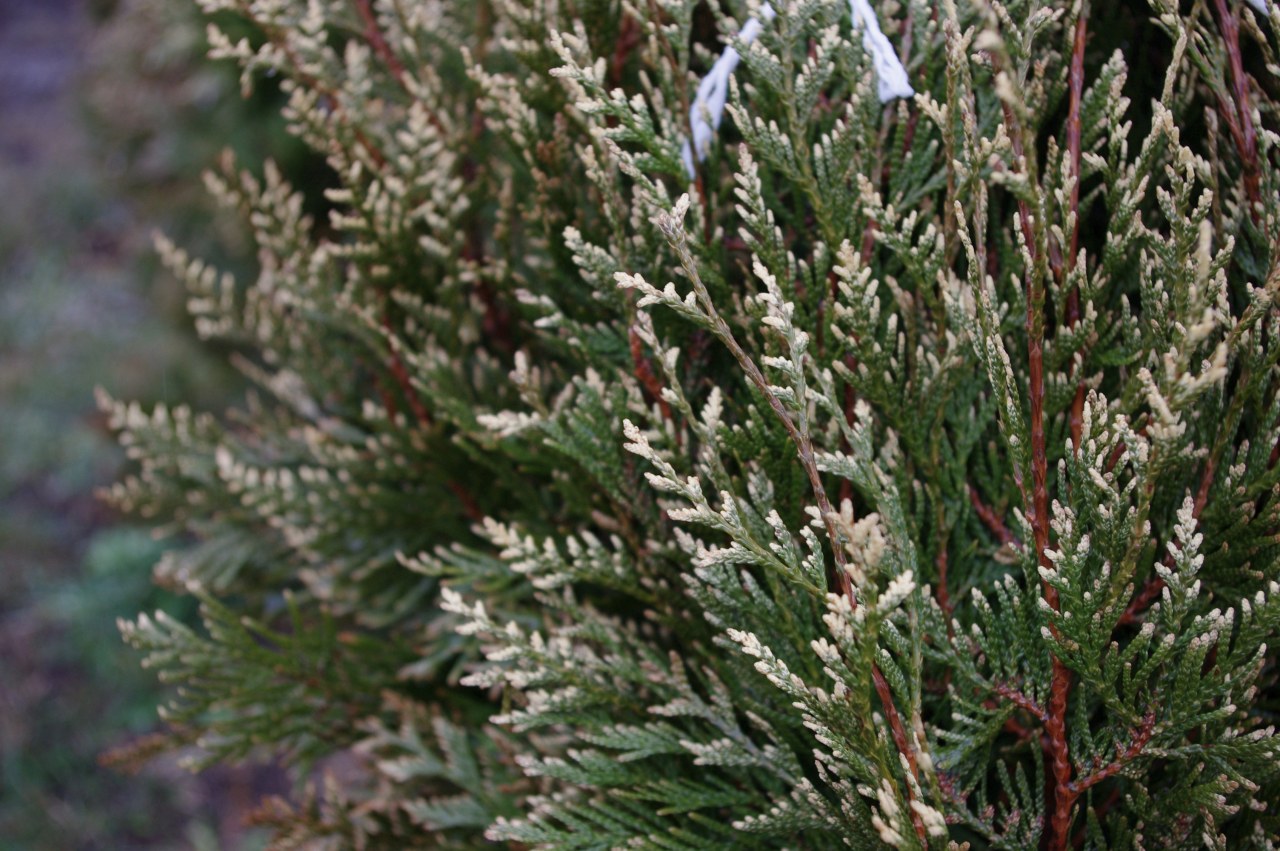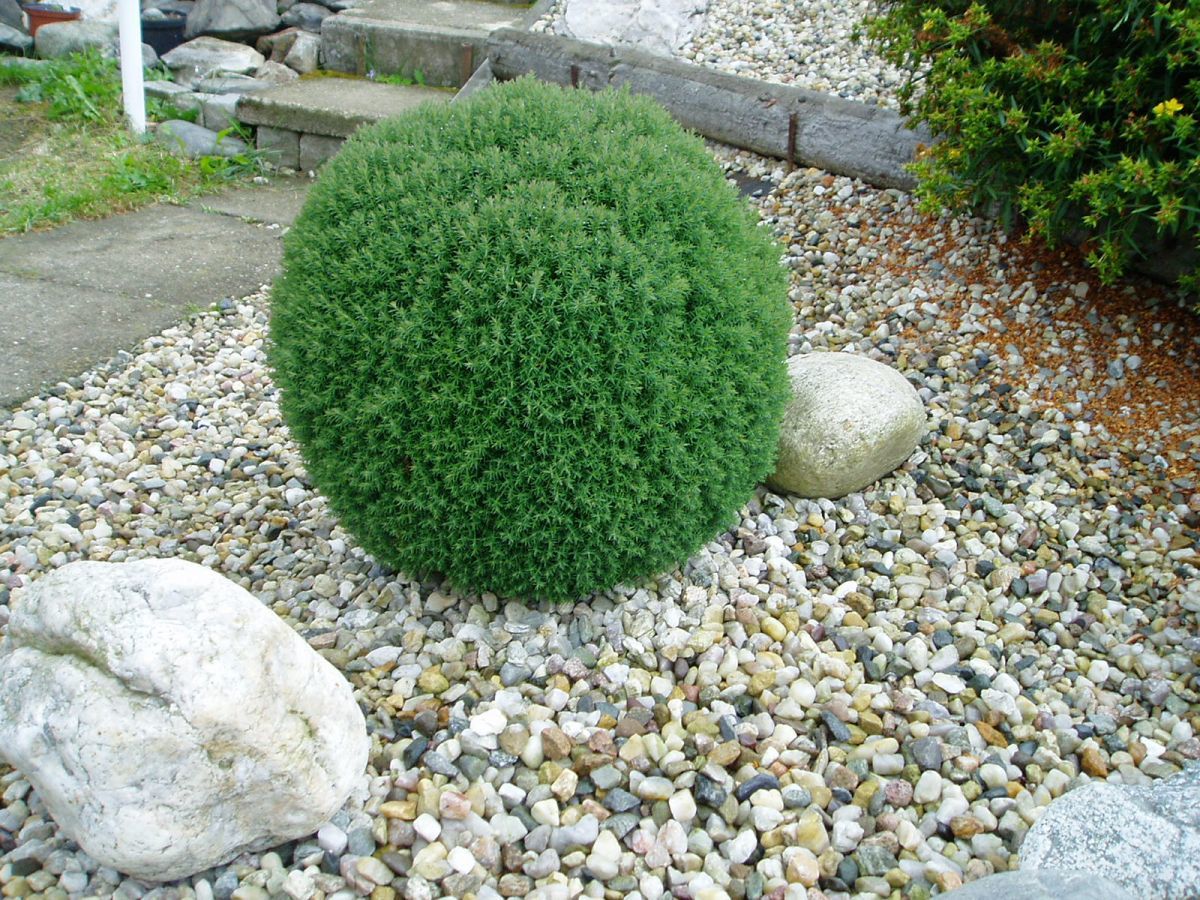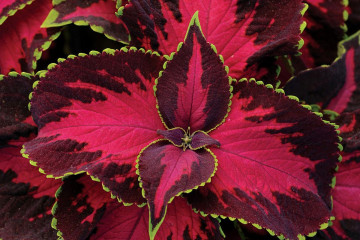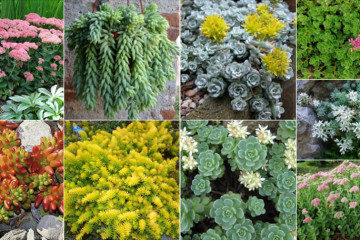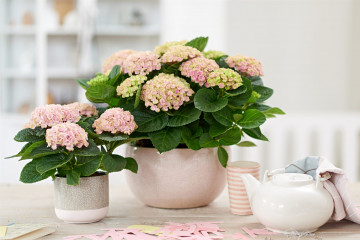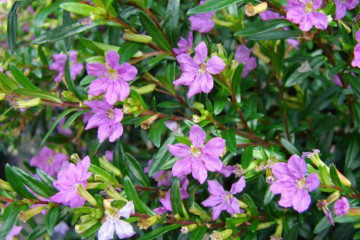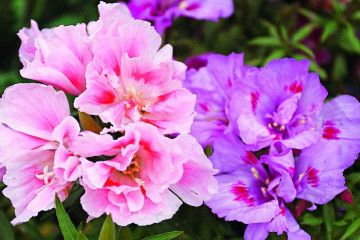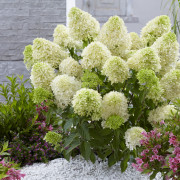Thuja in the Urals - planting and care at home
Content:
The continental climate of the Urals is characterized by warm summers, even hot in places (up to 24 ° C), and frosty winters with average temperatures of about -20 ° C. Not all varieties of thuja are suitable for such growing conditions, but the choice remains wide both among dwarf varieties and among large-sized ones.
Thuja in the Urals: planting and care
Thuja is an ephedra (Thuja) from the Cypress family (Cupressaceae). An evergreen shrub or tree can have a height of 1 to 20 m or more. Each plant is monoecious. The crown is formed from twigs that have a lignified last year's part and a tender green that has grown this year. Frost-resistant species feel great in urban conditions with gas-polluted dusty air.
Varieties for growing in the Urals
The most widespread varieties in the Ural home gardens and parks are Western thuja varieties, which can be found in almost any specialized nursery.
Emerald
Danish selection. The needles of a bright green or slightly yellowish hue on a tree up to 4 m high and up to 5 m wide look very impressive. The crown is easily formed in the form of a regular pyramid, and remains thick after pruning. You do not need to trim it every year, it is enough to correct it every few years. Frost resistance up to -42 ° С (zone 2b).
Brabant
Differs in height up to 3.5 m. The crown, which grows rapidly every year, takes the shape of a column without pruning. Loved by gardeners for the ability to maintain the color of the needles of a constant dark green color throughout the year. Requires fertile loose soil, withstands frosts down to -35 ° C.
Hoseri
One of the dwarf varieties with deep emerald needles. The spherical crown can reach a height of no more than 1 m, and it has a 3-year renewal cycle. In autumn, the needles take on a bronze tint. Undemanding to air humidity and soil fertility, but loves watering. Can be planted in a pot. Winter hardiness up to -34 ° С.
Thuja folded Zebrina
The variegated needles combine bright greens and yellows. The crown is conical. Reaches a height of up to 10-12 m. By the age of 10, the crown span reaches 1.5 m at a height of about 2.5 m. Prefers very moist soil, easily tolerates shading. Accepts a haircut well, suitable for hedges. Average winter hardiness up to -30 ° С.
Thuja folded Kornik
A variety of Polish selection. The green branches have golden tips. It grows slowly: a 10-year-old tree does not exceed 3 m in height. It easily tolerates shade, but cannot grow in drought conditions. Needs sprinkling in summer. The crown is formed by horizontal branches, only hanging slightly at the tips. Frost resistance up to -35 ° С.
Frost-resistant varieties
The following varieties of western thuja are distinguished by the maximum degree of resistance to low temperatures.
Golden Globe
A dwarf shrub with a spherical crown of a salad-golden hue. The annual growth does not exceed 10 cm. By the age of 20, the diameter of the bush is no more than 120 cm. No haircut is required, only sanitary pruning. The maximum height is 80 cm. In autumn, the needles acquire a bronze tone, which turns yellow by spring. Frost resistance up to -42 ° С.
Sunkist
A very slow growing shrub with a cone-shaped crown, giving no more than 5 cm of growth per year in height and width. An adult plant does not exceed 3 m in height. The needles in bright light take on a yellow color or a darker bronze tint. Shade-tolerant, drought-resistant, easily tolerates waterlogging of the soil. Withstands frost down to -42 ° С.
Rheingold
An ovoid bonsai. The maximum height is up to 2.5 m, and the width is up to 1.5 m. The annual growth is not more than 10 cm. In summer, the needles are green-yellow, and in winter they are bronze-brown. Loves top dressing, abundant watering, bright sun. Winter will withstand up to -40 ° С.
Teddy
It is considered one of the smallest varieties of thuja, since by the age of 10 the height of the bush does not exceed 30 cm.In total, the plant can only grow up to 50 cm.The annual growth is on average about 2-3 cm.The soft needle needles have a dark green hue, and by autumn it becomes bronze. Prefers partial shade. Frost resistance up to -31 ° С.
Problems when caring for thuja outdoors
The only major challenge for many varieties is the need for watering if it rarely rains in the area. Therefore, decorative thujas are abandoned where the terrain is arid, and it is impossible to organize artificial watering.
The second condition for an attractive appearance is crown formation. Slow-growing newer varieties practically do not need to be molded, but in fast-growing ones without pruning, the crown can acquire a loose, unkempt appearance.
Basic rules for caring for thuja
Before buying a new variety, it is important to clarify in the nursery what watering regime a young seedling requires. Adult plants become less demanding, it is easier to care for them, but young ones with a lack of moisture can die. In the evenings and mornings, not only root watering is carried out, but also sprinkling, which is mandatory for a number of varieties. When spraying the needles, they wash away the street dust that settles on the rough needles in large quantities. They stop watering by October, when the sap flow stops until spring.
The modern technique of caring for thuja at home suggests giving up loosening in favor of mulching. Surface roots are easily damaged when loosening, but they also do not like weeds, so the near-stem circles are sprinkled with needles, sawdust, and small pebbles.
Reproduction is possible by cuttings and seeds.
Top dressing of thujas is not often needed. Usually, a small amount of nitrogen-containing fertilizers is introduced in the spring to stimulate the growth of young shoots. In the summer, you can apply a small amount of potash fertilizer. If planted in soil with nutrients, then next time feeding will be needed only in the third year.
Site selection and soil preparation
The best soil for thuja is peaty, fertile with a small amount of sand, and breathable. Poverty is not an obstacle; annual feeding is enough.
Most varieties like bright light, but withstand partial shade well. Before planting, the soil is dug up, clean sand is introduced into it for looseness, and from the fall before spring planting - humus or compost.
How to plant thuja correctly
In nurseries, it is best to buy 3-year-old seedlings in containers. This does not need to be cooked, you can immediately plant it by simple transshipment into a pre-prepared pit. If the root system is open, then before planting 6 hours the seedling is soaked in a solution of potassium permanganate, and then the same amount in a solution of a growth stimulant.
The planting hole is dug with a margin, since a drainage layer of pebbles, broken brick, expanded clay is poured onto its bottom. Depending on the variety, the distance between the plants is maintained at 0.5-5 m.It is best to buy ready-made soil for backfill, intended for Cypress, and add a little ash and sand to it at home.
The roots are poured so that the root collar, after tamping and watering, is flush with the soil level. It will not be superfluous to install a support to which the trunk is tied in order to avoid subsequent distortion.
Shelter for the winter
In order for a young plant to go into dormancy and not suffer during frosts, do the following:
- Since October, watering is completely stopped, fertilizers are not applied, and molding is not performed.
- The crown is covered with burlap or agricultural cloth, and then tied with a cord. This measure will protect the branches from breaking under the weight of the snow.
- The trunk is spud and mulched.
- They remove the shelter in the spring, when the weather is warm.
Pruning thuja in spring
For all varieties, the optimal time for crown molding is spring and August. The role of the event is sanitary, since it is important to remove all weak, broken, damaged branches. If necessary, the crown is shaped, but more than 1/3 of the shoot is not removed.
Thuja for the continental climate is one of the most successful evergreen conifers. It winters well, looks beautiful all year round, both against the backdrop of greenery and surrounded by snow.

